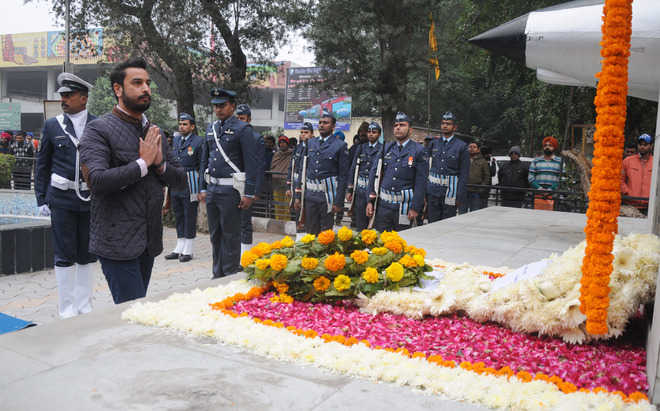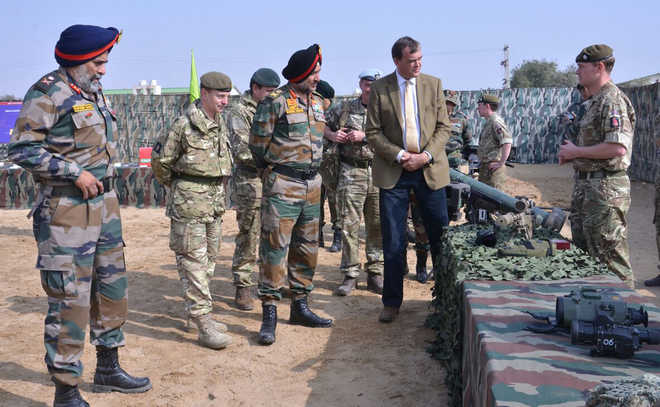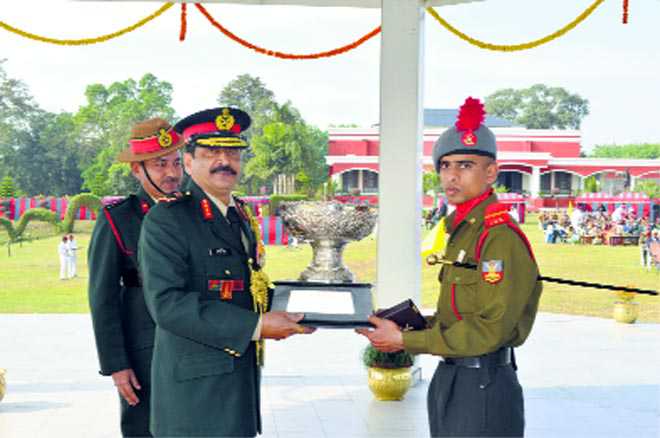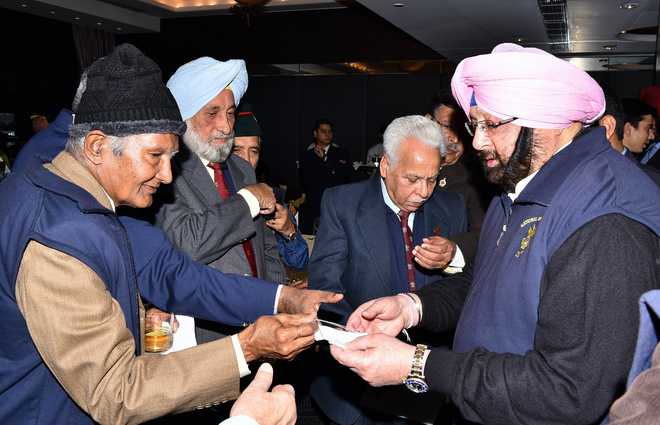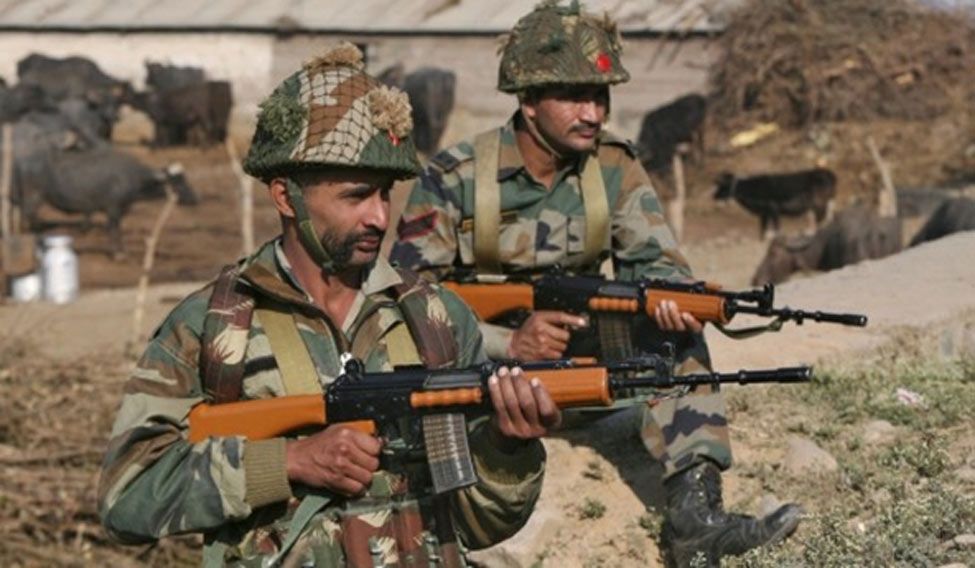
The INS Kalvari submarine. AFP
Cmdre Mukund Kunte (retd)
THE second INS Kalvari, a made-in-India diesel-electric submarine, was commissioned on December 14 in Mumbai’s Mazagon Dock by the Prime Minister with an invigorating speech, which is his style. For conventional submarines, the name of the game is “Sea Denial”, their primary role being interdiction of the enemy’s trade and energy routes, blocking its ports and attacking land targets with missiles. A few weeks ago, another entrant into the Navy was the stealth frigate INS Kiltan (the second) commissioned by the intrepid Defence Minister, Nirmala Sitharaman. It was a pleasure to see her perform in military style, standing strong and erect while climbing the steps to proceed on board. Incidentally, the first Kiltan commissioned in Vladivostok in 1969 was, like the first Kalvari, wholly built by the Soviets. And look at the change — the process of training, building and fitting out has become indigenous, which has been our quest to achieve a higher degree of self-reliance. It exemplifies our shift from a “buyer’s Navy to a builder’s Navy”. It was in 1966 after she was elected Prime Minister that Indira Gandhi gave nod to the acquisition of four, followed by another four, submarines from the USSR, making it possible for us to decisively win the 1971 war. The decision to take a nuclear-powered submarine on loan in the 1980s was made to gain experience in nuclear propulsion at sea – but there was a spinoff, viz handling of a small reactor would give us an insight into operating such reactors for generating power for civilian use.As for a “Builder’s” Navy, Mrs Gandhi had inaugurated the submarine construction programme on May 6, 1984, also in the Mazagaon Docks. The PM garlanded and broke a coconut following this Sanskrit invocation by Mrs Suhasini Mulgaonker :“Shri Rashtren vruta jale vinihita
rashtrasya rakshanvita
Deshapritikruta prashastrajanita
tantradnyata nirmita
Satputrairghatita varimjjanrata nauka adhombhasrutaah
Jeeyat bharatata sada prakatita
nausainya sampat bhruta.
(This project of submarine construction is of great honour to our country’s skill and excellence in technology and science. Long live our Navy and its able men).We observed Vijay Diwas on December 16 to mark the surrender of 93,000 Pakistani troops. In 1971, we had come into our own because our intrepid PM did not hesitate to approve Admiral Nanda’s innovative plan (it, in fact, surprised even the Russians) to carry out a missile attack on Karachi. In fact, that operation was by led by INS Kiltan and resulted in damaging/sinking of the destroyer Khaiber, mine-sweeper Muhafiz and MV Venus Challenger, which was carrying war material.The ‘Make in India’ slogan has now been fully honoured. It is unfortunate that an irresponsible ‘opposition’ continued to object to both HDW submarines and Bofors (shoot & scoot) guns. The latter went on to save our honour in the war in 1999 and, as for the submarines, we would have been in the export market today.










